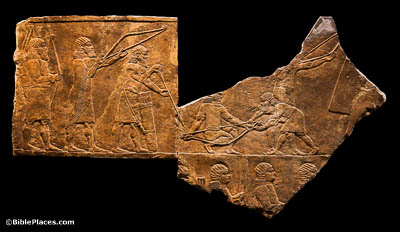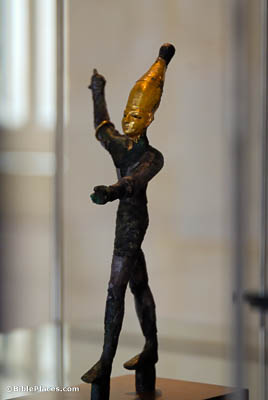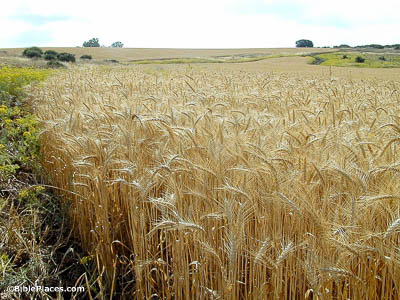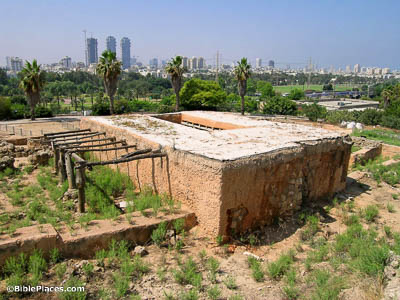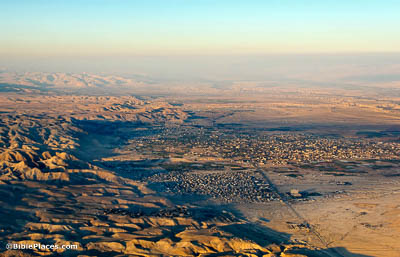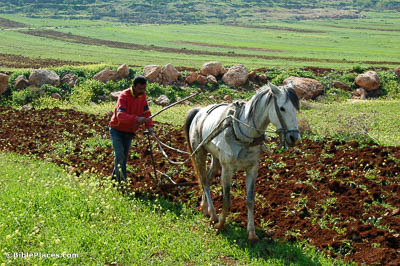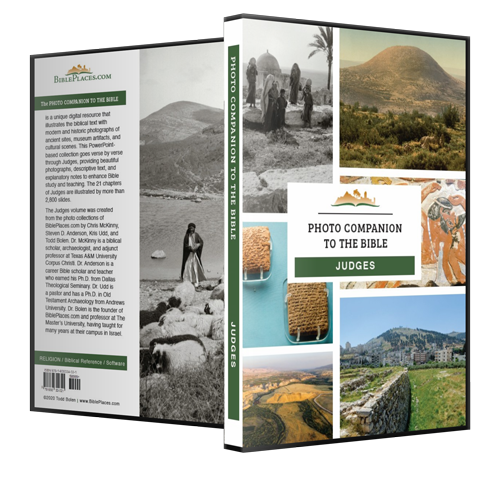Now these are the nations which Yahweh left, to test Israel by them (Judges 3:1).
This wall carving comes from the palace of Ashurbanipal (669–627 BC) at Nineveh. It portrays the king’s armorers testing his equipment before a hunt. The man second from the left inspects a bow, while the man in front of him peers down the length of an arrow shaft to check that it is straight. These activities illustrate the testing that God planned for His people, to see if they would remain faithful and true.
